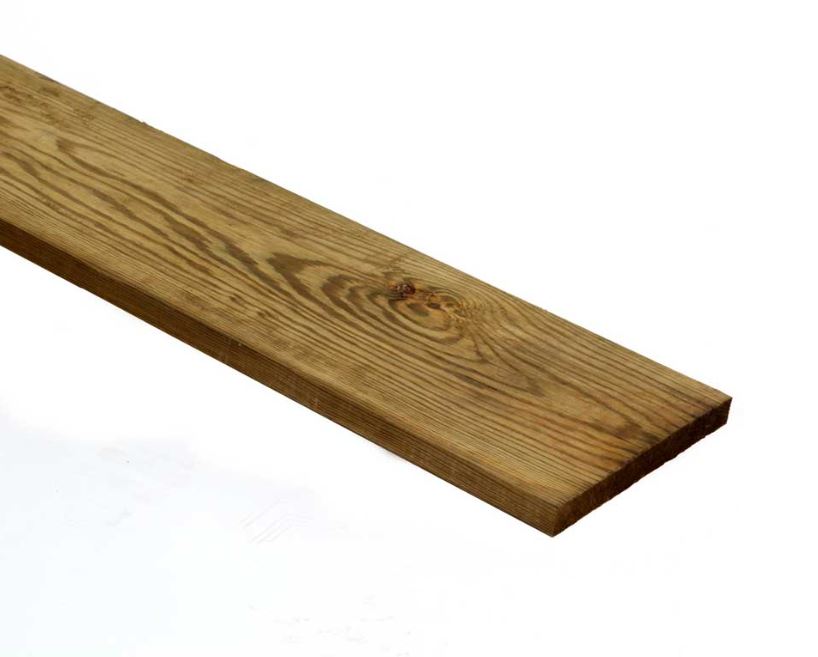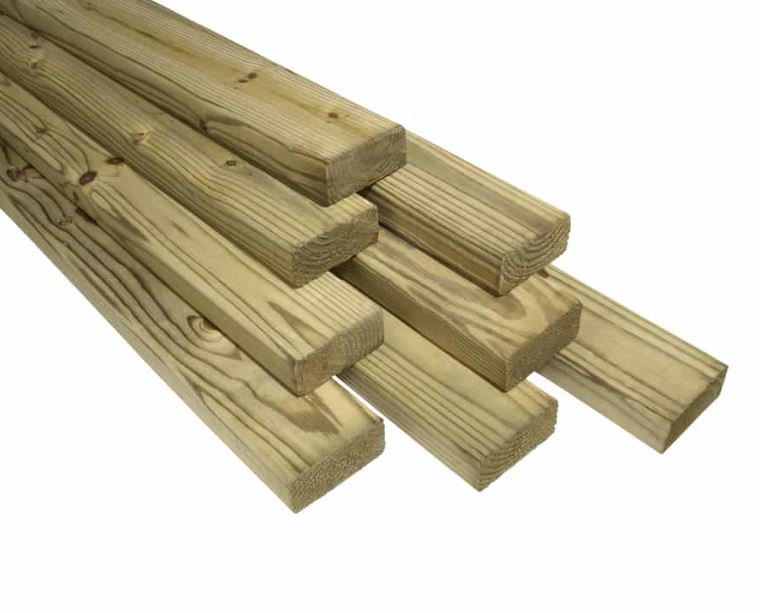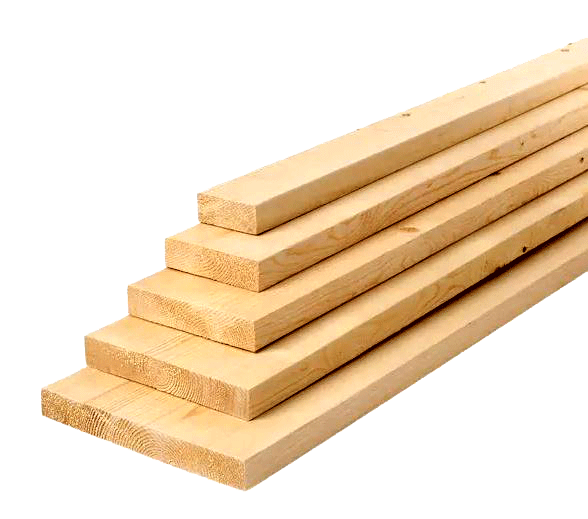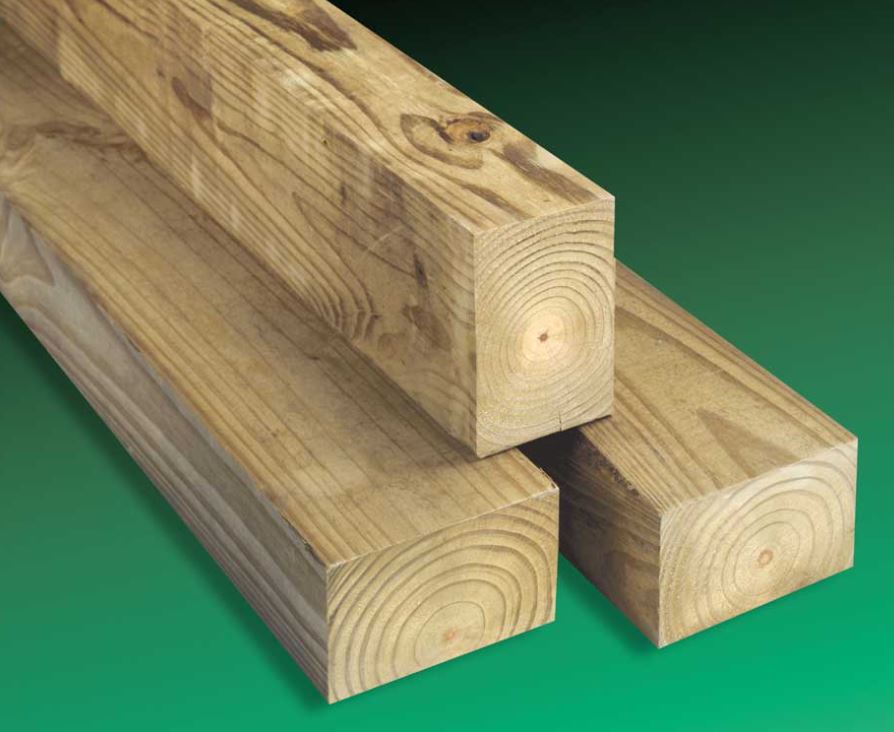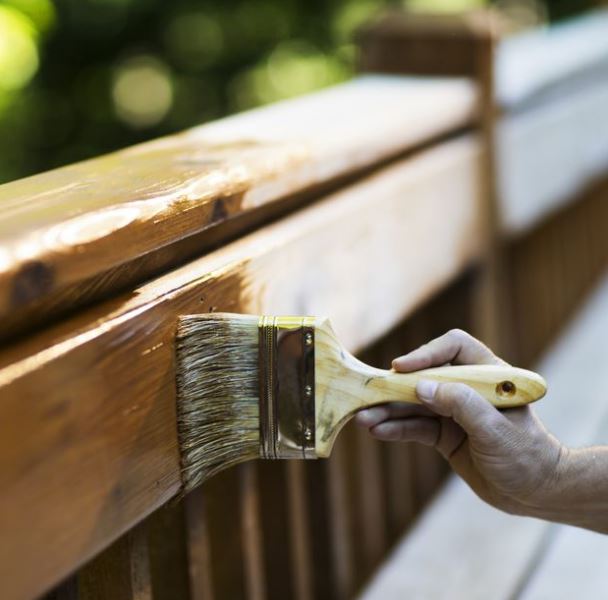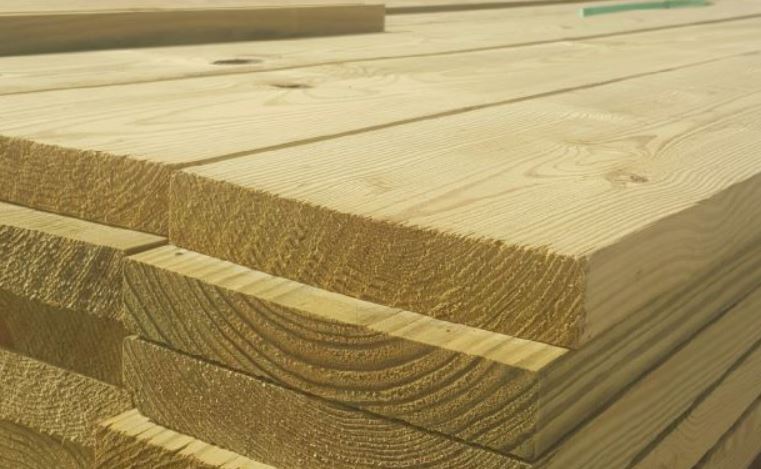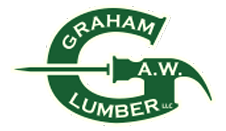Build It Right: Your Essential Guide to Treated Wood Types and Uses
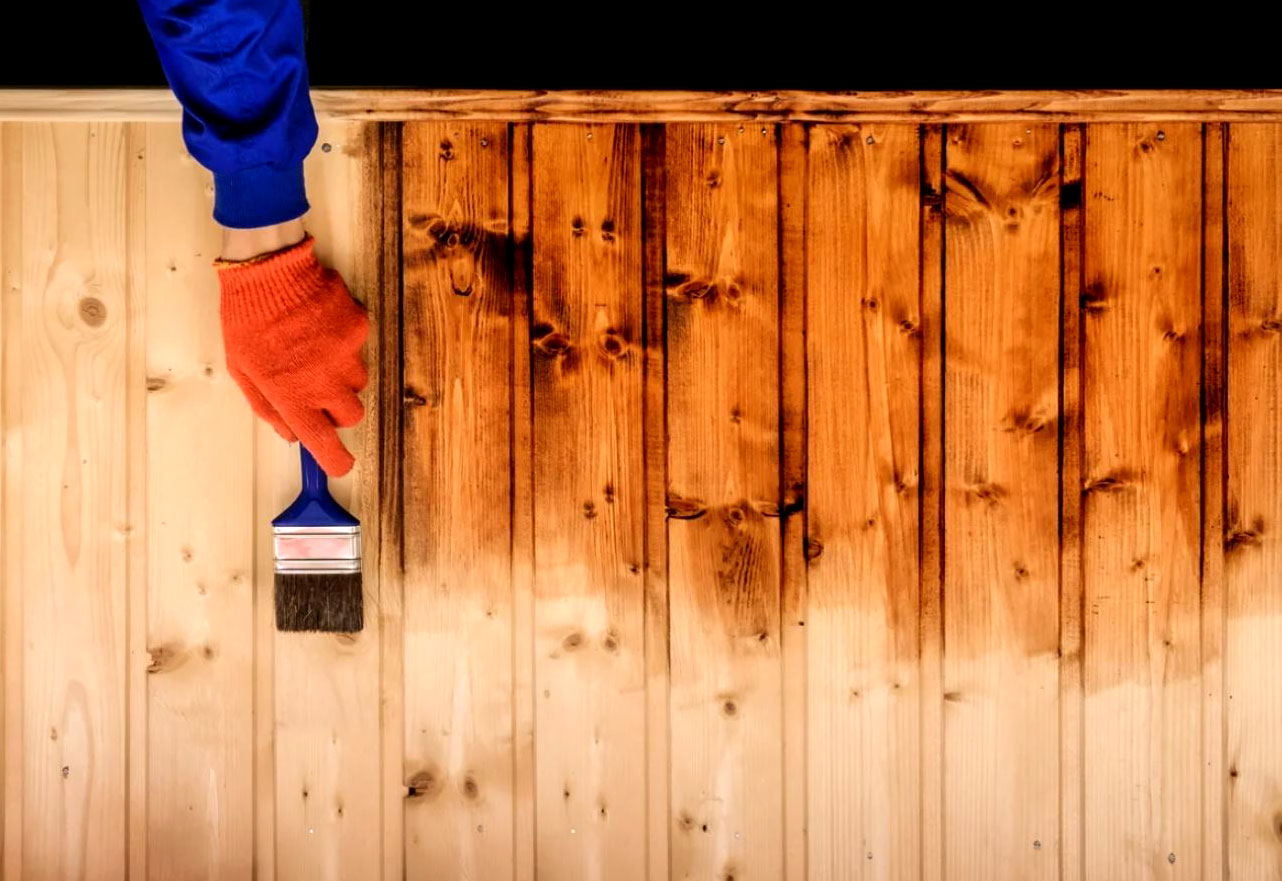
Build It Right: Your Essential Guide to Treated Wood Types and Uses
Feeling lost in the maze of treated wood options? Relax, you're not alone. Choosing the right type for your project can be tricky, but with this guide, you'll be a treated wood pro in no time!
Treated wood is your go-to ally for building decks, fences, and landscaping features that defy rot, decay, insects, and even fire. But with various types and uses, confusion is natural. Let's break it down and empower you to make informed choices for your next project.
Types of Treated Wood
ACQ (Alkaline Copper Quaternary)
Main Ingredients: Copper and quaternary ammonium compounds.
Applications: Widely used in residential settings for lumber, fence posts, decking, landscapes, etc.
Benefits: More environmentally friendly than older options like CCA, good resistance to rot and insects, can be painted or stained.
Drawbacks: Can leach copper into soil, may have greenish tint, not suitable for direct contact with soil.
MCA (Micronized Copper Azole)
Main Ingredient: Micronized copper particles and azole fungicide.Applications: Similar to ACQ, but sometimes used for marine environments.
Benefits: Similar benefits to ACQ, lower copper leaching than ACQ, good dimensional stability.
Drawbacks: May have a slight odor, can be more expensive than ACQ.
Borate
Main Ingredient: Boron compounds (often boric acid).Applications: Primarily used for indoor wood protection against termites and fungal decay.
Benefits: Environmentally friendly, odorless, good for indoor use.
Drawbacks: Not as effective against rot as copper-based treatments, can leach out over time.
CCA (Chromated Copper Arsenate)
Main Ingredients: Copper, chromium, and arsenic.Applications: Historically used for outdoor wood, but now banned for most residential uses due to arsenic concerns.
Benefits: Highly effective against rot and insects.
Drawbacks: Highly toxic due to arsenic, not environmentally friendly, health concerns for humans and animals.
Creosote
Main Ingredient: Coal tar distillate.Applications: Primarily used for marine environments and railroad ties due to its water resistance and insect repellency.
Benefits: Highly resistant to rot and insects, effective in marine environments.
Drawbacks: Strong odor, black color, can be toxic to humans and animals, not suitable for most residential uses.
Fire-Retardant
Not a specific wood type, but a treatment applied to wood to make it more resistant to fire.Types of fire-retardants vary, with some being more environmentally friendly than others.
Benefits: Improves fire resistance of wood, important for building codes and safety.
Drawbacks: Can affect the color and texture of wood, some types may be harmful to health or the environment.
Understanding Use Treated Wood Categories
Above-Ground (UC1 & UC2)
Dry conditions, good ventilation. Decks, fences, gazebos (not in contact with soil). Choose: ACQ, MCA, Borate. Remember: Ensure good drainage and ventilation.Ground Contact (UC3 & UC4)
Direct soil contact, frequent moisture. Decks touching soil, foundation supports. Choose: ACQ, MCA (UC3), high-retention ACQ (UC4). Remember: Select based on contact severity, dig away soil for airflow.Marine (UC4A & UC4B)
Saltwater, harsh environments. Docks, piers, boat slips. Choose: High-retention ACQ, creosote (with caution). Remember: Use stainless steel fasteners, regularly inspect and maintain.
Treated Wood: Choosing Your Champion
1. Project Location: Ground Contact vs. Above Ground
Ground Contact: Demands the strongest protection against moisture, rot, and insects. Treated with ACQ (Alkaline Copper Quaternary) or CCA (Chromated Copper Arsenate) for maximum durability. These treatments are effective but contain heavy metals, so consider alternatives for non-critical structures.
Above Ground: Offers more flexibility. Consider MCA (micronized copper azole) or borate treatments for a more eco-friendly option. They are effective for above-ground applications but not as resistant as ACQ or CCA for ground contact.
2. Building Code Check
Local regulations: Always check building codes before purchasing treated wood. They may specify required treatments based on project type, location, and proximity to water.
Inspections: Some areas require inspections for projects using treated wood, especially for ground contact applications.
3. Eco-Conscious Choices
MCA (micronized copper azole): A water-based, environmentally friendly option effective against rot and fungus. Less leaching than ACQ or CCA. Borate: Naturally occurring mineral, safe for people and pets when dry. Effective against termites and some fungi. May not be suitable for all applications.
Recycled plastic lumber: Consider as an alternative to treated wood for some projects. More durable and environmentally friendly, but may not be suitable for all uses.
4. Aesthetic Appeal
Color: Treated wood comes in various colors depending on the treatment used. ACQ has a greenish tint, while CCA has a yellowish-brown hue. MCA and borate treatments often have a light, natural wood color.
Staining/Painting: Most treated wood can be stained or painted, but check the manufacturer's recommendations for specific products and treatments. Some treatments may require special primers or paints.
Ready to build with confidence? Remember, the right treated lumber is key to long-lasting, beautiful outdoor projects with AW Graham Lumber. With this guide, you're equipped to make informed choices and create something truly special.

